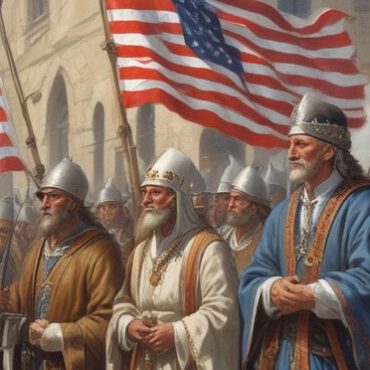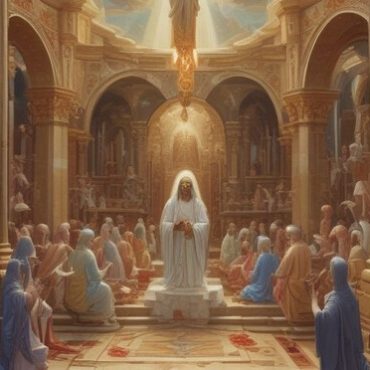Seven Churches in Revelation

Background of the Seven Churches in Revelation
The seven churches in revelation that are described in John’s letters in revelation two to three are termed as seven churches that were literal at that moment when apostle john was writing revelation. Despite the fact that at that moment when the writing took place there were literal churches there is still a huge spiritual importance for believers as well as churches in today’s world. The initial purpose of the seven distinct churches was to provide a thorough history of churches (Lund, 2012). Writers who offer coursework help at Edudorm essay writing service notes that the second aim of seven churches in revelation letters was to make a communication with the seven distinct literal churches as well as meet their requirements at that moment. The potential third aim of the distinct churches in john’s letters was to provide foreshadow to the seven distinct moments in the church’s history (Lund, 2012). The major issue with this perspective is the fact that every church that was represented by the seven churches in revelation is utilized to describe an issue that was appropriate to fit the church based on history.
Which are the Seven Churches in Revelation?
The seven churches in revelation that are written in john’s letters are Ephesus which is the church that was involved in forsaking its initial love, Smyrna which is the church that was ready to suffer harrying, Pergamum which is the church that held the necessity to repent, Thyatira as the church whose prophetess was fake, Sardis as the church that was not operating since its operations had fallen asleep, Philadelphia was the major church that had comfortably endured with so much patience and the last church is the Laodicea which is described as the church that held faith that was a mere lukewarm (Barclay, 2001). Experts who do my coursework at Edudorm essay writing service indicates that on seven churches in revelation, the churches that did not receive any criticism from the letters were Philadelphia and Smyrna. However, those that received criticism received credit as well. This is mainly because before the provision of the necessary criticism to the churches Jesus additionally provides adequate credit where it is required. In this form the presented criticism holds a higher possibility of receiving acceptance (Barclay, 2001).
Which Messages were sent to each of Seven Churches in Revelation?
Different messages were targeted to each of seven churches in revelation. The message that was directed to the Ephesus church was delivered in his speech of seven lamps stands and even stars. The distinct lamp stands for the seven distinct churches which showed that the church is truly expected to be the shiny and the bright lights. The seven stars may be a representation of those that leads the seven churches in revelation. God asserts that the seven stars are held in his right arm and they are safe and only dependent on him alone (Lund, 2012). Smyrna’s church message was that Jesus is the only last and first and he lives amid everything and he holds the power over anything. For Pergamum church Jesus is powerful and he holds the authority of blessing those that are obedient as well as condemning those that acts against his will (Lund, 2012). Authors who offer custom coursework writing help at Edudorm essay writing service points that message for Thyatira church was that Jesus knows about everything and he acts quickly in ensuring that what is supported to be conducted is done thoroughly. To Sardis church is that Jesus provides grace to leaders of the church as in his hand they are safe. The message to the church of Philadelphia was that what Jesus opens nothing can be able to reverse it and what he shuts cannot be opened he is true and holy and holds the authority (Lund, 2012). Laodicea church message was that Jesus is thus the definition of God’s stating because he is faithful, leader of the creation of God and a true witness (Lund, 2012).
Conclusion
Despite the fact that the representations of seven distinct eras by seven churches in revelation may hold some truth the representation is associated with too much speculation. The focus of the message that the seven churches in revelation represent in the church today is the message that God provides to individuals through the churches representation. Tutors who offer coursework writing help at Edudorm essay writing service acknowledges that in the world, today churches can learn about maintaining true leadership as well as true faith. This is because the letters state clearly that God is the only true way and he holds the power to control everything. Repentance should also be given the priority it deserves because through seven churches in revelation can receive God’s sanctions in abundance.
References
Lund, G. (2012). Letters to the seven churches of revelation. Place of publication not identified: Lulu Com.
Barclay, W. (2001). Letters to the seven churches. Louisville, Ky: Westminster John Knox.


